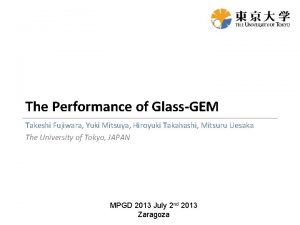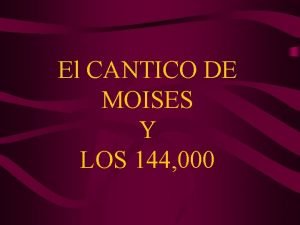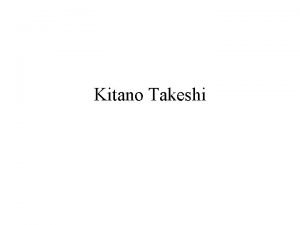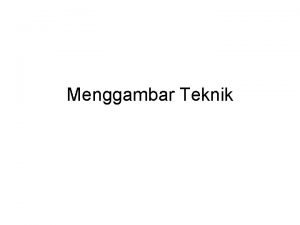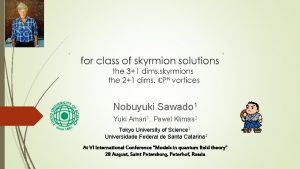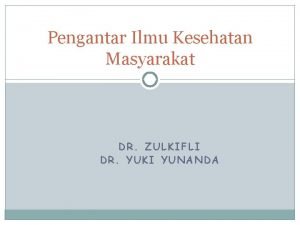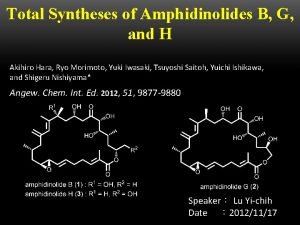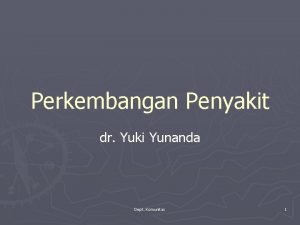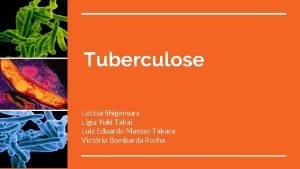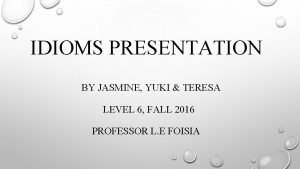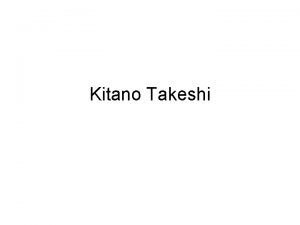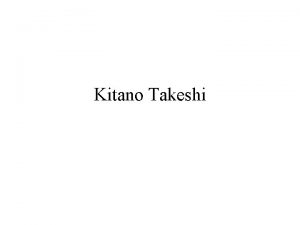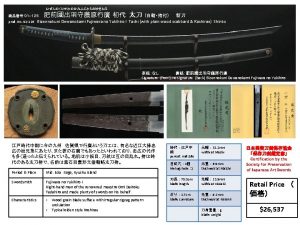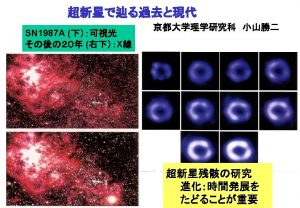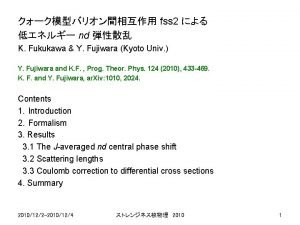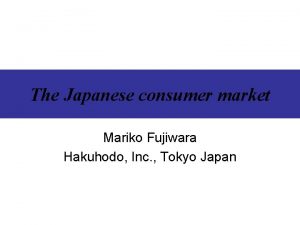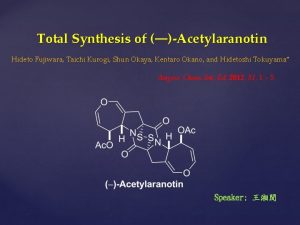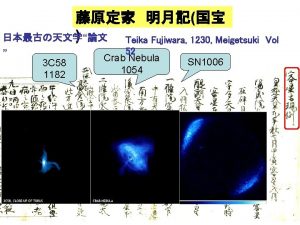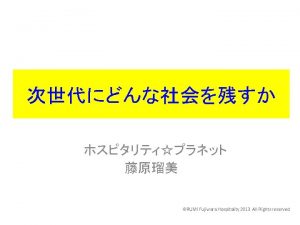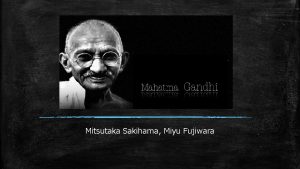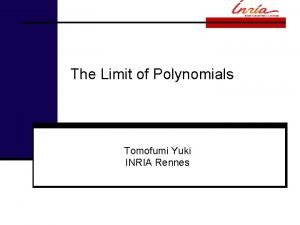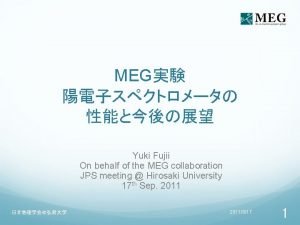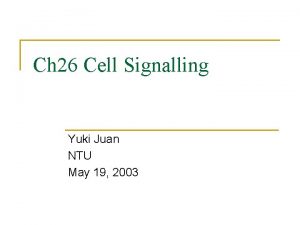The Performance of GlassGEM Takeshi Fujiwara Yuki Mitsuya











![Gain curve [Glass. GEM] Thickness: 680 mm, Hole diameter: 170 mm Takeshi Fujiwara Gain curve [Glass. GEM] Thickness: 680 mm, Hole diameter: 170 mm Takeshi Fujiwara](https://slidetodoc.com/presentation_image_h2/3b3a12a9807be39203714a1a1cde4fd0/image-12.jpg)

![Gas gain [Glass. GEM] Thickness: 680 mm, Hole diameter: 170 mm ▶ Maximum gas Gas gain [Glass. GEM] Thickness: 680 mm, Hole diameter: 170 mm ▶ Maximum gas](https://slidetodoc.com/presentation_image_h2/3b3a12a9807be39203714a1a1cde4fd0/image-14.jpg)









- Slides: 23

The Performance of Glass-GEM Takeshi Fujiwara, Yuki Mitsuya, Hiroyuki Takahashi, Mitsuru Uesaka The University of Tokyo, JAPAN MPGD 2013 July 2 nd 2013 Zaragoza

Contents ▶ Background – GEM for sealed gas application ▶ Glass GEM – Fabrication process – Characteristics ▶ Experimental Results – Fe-55 Source – Synchrotron radiation ▶ The Glass GEM Summary We fabricated a GEM with brand new material, Photo Etchable Glass Takeshi Fujiwara

Background ▶ ▶ TOF Neutron Detector ▷ For reflectometer ▷ High gain ▷ Stability ▷ Uniformity ▷ High count rate ▷ Hydrogen free material ▷ Sealed gas (He-3) Focusing on sealed gas application Neutron detector for J-PARC Medical application ▷ ▷ 2 -D dosimeter for Carbon beam (Cancer therapy) Sealed gas chamber (Hospital) HIMAC (Heavy-Ion Medical Accelerator in Chiba) Takeshi Fujiwara

HOYA corporation Innovative Glass Material Developer in Japan Photo Etchable Glass 3 : PEG 3(Glass) PEG 3 C(Glass Ceramics) Features Application • • • Via-Hole and Trench Structure High Aspect Ratio Small Diameter 3 -Dimensional Fabrication Process Transmits Light (PEG 3) Smooth and Flat Surface Glass Circuit Board Ink-Jet Print Head MEMS Flat Panel Display Optical Fiber Guide Wire Guide for IC Final Tester Takeshi Fujiwara

Comparison PEG 3 glass with Polyimide ITEM Units PEG 3 Polyimide Thermal conductivity @25°C W/m K 0. 795 0. 3 Young’s modulus GPa 79. 7 18. 6 6. 28 3. 55 ~1018 Dielectric const. @1 GHz Volume resistivity@25°C W cm 8. 5 x 1012 Thickness mm 0. 1 - 1 Min. Hole Diameter mm 10 Aspect ratio of Via Hole Thickness/ Via Hole 30 Diameter Photo Etchable Glass 3 : PEG 3 Takeshi Fujiwara

Fabricating Process of Glass GEM 1.Glass Substrate PEG 3 UV Photo Mask 2.UV exposure (1 st_exp) Crystal portion: Li 2 O・Si. O 2 3.Crystal formation (1 st heat treatment) Via HF(Spray etching) 4.Via etching (hydrogen fluoride wet etch) 5. Cu/Cr Plating and Sputtering Cr Sputter film & Cu Plating Photo Etchable Glass 3 : PEG 3 Takeshi Fujiwara

Glass GEM 170 mm 145 mm 120 mm 280 mm 100 mm ▶ Substrate: 145 mm x 145 mm ▶ Electrode: Cu + Cr ▶ Effective area: 100 mm x 100 mm ▶ Hole pitch: 280 mm ▶ Thickness: 680 mm (410~800 mm) ▶ Hole dia. : 120~190 mm Takeshi Fujiwara

145 mm 100 mm 120 mm Takeshi Fujiwara

Advantages of Glass GEM Easy to handle ▶ Needs no support to mount a Glass. GEM No Outgas ▶ No outgas from the substrate (since it is inorganic material) Fabricating Process ▶ Direct etching -> good uniformity ▶ Easy to fabricate Takeshi Fujiwara

Setup 10 mm Ar/CH 4 90/10 Ar/CF 4 90/10 Ne/CF 4 90/10 mixture gas GEM TOP GEM BOTTOM 2 mm ANODE Ortec 710 Ortec 660 Preamp (1 V/p. C) Shaping Amplifier (Type: CP 4419) Time Const : 0. 5 usec Takeshi Fujiwara Gain : x 1

Energy spectra of Glass GEM with 55 Fe 5. 9 ke. V X-ray source (1 bar Pr 10) Takeshi Fujiwara
![Gain curve Glass GEM Thickness 680 mm Hole diameter 170 mm Takeshi Fujiwara Gain curve [Glass. GEM] Thickness: 680 mm, Hole diameter: 170 mm Takeshi Fujiwara](https://slidetodoc.com/presentation_image_h2/3b3a12a9807be39203714a1a1cde4fd0/image-12.jpg)
Gain curve [Glass. GEM] Thickness: 680 mm, Hole diameter: 170 mm Takeshi Fujiwara

Energy spectrum in various gas (55 Fe 5. 9 ke. V X-ray source) Ar/CH 4 Ar/CF 4 Ne/CF 4 ▶ ▶ Operated in Ar/CH 4, Ar/CF 4, Ne/CF 4 gas mixture Ar/CH 4 (90: 10) gain 10, 000 Ne/CF 4 (90: 10) gain 10, 000 Ar/CF 4 (90: 10) gain 5, 000 Takeshi Fujiwara
![Gas gain Glass GEM Thickness 680 mm Hole diameter 170 mm Maximum gas Gas gain [Glass. GEM] Thickness: 680 mm, Hole diameter: 170 mm ▶ Maximum gas](https://slidetodoc.com/presentation_image_h2/3b3a12a9807be39203714a1a1cde4fd0/image-14.jpg)
Gas gain [Glass. GEM] Thickness: 680 mm, Hole diameter: 170 mm ▶ Maximum gas gain ▷ ▷ ▷ 9. 8 * 104 @ Ne/CF 4 (90: 10) 3. 2 * 104 @ Ar/CH 4 (90: 10) 9. 5 * 103 @ Ar/CF 4 (90: 10) Takeshi Fujiwara

Gas gain stability (1 bar Pr 10) Relative gain 9. 8% in 12 hours operation Takeshi Fujiwara

Uniformity of Glass GEM Beam scan ▶ ▶ Tested at KEK PF (synchrotron radiation facility) 6 ke. V 0. 2 mmΦ collimated beam 700 k. Hz/cm 2 Beam scan 10 * 10 Varies of gas gain Entire area Gas gain min. 9987 max 12306 Energy resolution 15. 8% FWHM at 6 ke. V Gas gain map Takeshi Fujiwara

Spark tolerance Before operation Discharged part of Glass. GEM • During the operation, several sparks where observed (heard) but nothing to do with the Glass GEM. • Some burned print where observed around the hole, but no change of gas gain and energy resolution. • Glass substrate has a tolerance against sparks. Takeshi Fujiwara

Glass. GEM for medical application 2 -D Carbon Ion Beam Dosimeter Takeshi Fujiwara

2 -D dosimeter for carbon beam cancer therapy • 290 Me. V Carbon ion accelerator for cancer therapy • Localize the radiation dosage precisely using Bragg peak. • 2 -D dosimeter is required for accurate treatment planning. HIMAC (Heavy-Ion Medical Accelerator in Chiba) Relative dosage (%) X-ray Cancer g-ray Depth in the body (cm) Carbon Proton Neutron Electron Takeshi Fujiwara

Glass GEM ▶ Beam ▷ ▷ ▶ 290 Me. V Carbon Ion Beam 10 cmΦ Detector ▷ ▷ Glass. GEM + ITO Anode Ar/CF 4 for scintillation gas Cooled CCD for imager Mirror to avoid irradiation to CCD 290 Me. V Carbon Ion Beam

Preliminary result ▶ “UT” (University of Tokyo) Collimator ▶ Obtained Image Dosage map Bragg peak measurement Moderator on GEM Obtained Image Takeshi Fujiwara Dosage map

Summary of The Glass GEM ▶ Succeed in fabricating GEM with new material ▷ photo etchable glass ▶ Fabricated with PEG 3 substrate (HOYA corp. ) ▶ Effective size: 100 * 100 mm 2 ▶ High gain with single substrate ▷ Gas gain : 3 × 104 @Ar/CH 4 (90: 10, 1 bar) ▷ Gas gain : 9 × 104 @Ne/CF 4 (90: 10, 1 bar) ▶ Energy resolution: 15 to 18% ▶ Glass GEM is a outgas free material : suitable for sealed gas application ex. He-3 neutron detector Takeshi Fujiwara

Thank you for your attention. Takeshi Fujiwara
 Yuki mitsuya
Yuki mitsuya Fujiwara clan today
Fujiwara clan today El cantico de los 144 mil
El cantico de los 144 mil Takeshi ota
Takeshi ota Takeshi tokuyama
Takeshi tokuyama Takeshi sato gambar teknik
Takeshi sato gambar teknik Pcu milestone challenge
Pcu milestone challenge Hopfion
Hopfion Yuki bsd
Yuki bsd Yuki korea
Yuki korea Where are you
Where are you Dr yuki yunanda
Dr yuki yunanda Datamodel yuki
Datamodel yuki Yuki spring bed
Yuki spring bed Dr yuki yunanda
Dr yuki yunanda Yuki takai
Yuki takai Yuki definition
Yuki definition Công thức tính độ biến thiên đông lượng
Công thức tính độ biến thiên đông lượng Làm thế nào để 102-1=99
Làm thế nào để 102-1=99 Tỉ lệ cơ thể trẻ em
Tỉ lệ cơ thể trẻ em Thế nào là mạng điện lắp đặt kiểu nổi
Thế nào là mạng điện lắp đặt kiểu nổi Lời thề hippocrates
Lời thề hippocrates Vẽ hình chiếu đứng bằng cạnh của vật thể
Vẽ hình chiếu đứng bằng cạnh của vật thể Quá trình desamine hóa có thể tạo ra
Quá trình desamine hóa có thể tạo ra
